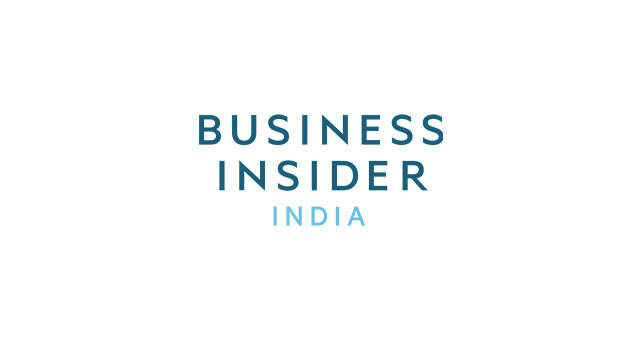Brides buy half of all gold jewellery sold in India says World Gold Council report
- Jewellery for brides is chunkier and most pieces constitute 30-250 gm weightage, says a World Gold Council report.
- Rupee gold price has almost doubled since 2012, but it has had little effect on sales.
- Bridal segment is mostly made of 22-carat gold, and dominated by traditional pieces like necklaces or chokers, haars (long chains) jewellery sets, apart from maang teekas and more.
An Indian bride is worth her weight in gold. Hence it’s no surprise that bridal jewellery accounts for half of all the jewellery sold in India, according to a World Gold Council report. Also, India is the second largest jewellery market in the world
Jewellery for brides is chunkier and most pieces constitute 30-250 gm weightage, unlike the next two categories – daily wear which has lightweight pieces in the 5-30 gm range and account to 35-40% of the total sales.
Fashion jewellery, where pieces are even lighter at 5-20 gm of gold, have a 5-10% share.
Gold vs destination weddings
“Bridal jewellery remains the dominant segment (50-55% market share by weight), despite rising domestic gold prices over the last decade and stiff competition from other luxury purchases, such as destination weddings and foreign holidays,” the report said.
The love for gold has sustained the price rise too. The Rupee gold price has almost doubled since 2012. Even as this change made manufactures gradually shift towards lighter weight pieces, bridal jewellery has been relatively price inelastic, losing only around 5-10% market share in that time, as per field research quoted in the report.
Advertisement
Going forward, it expects the demand from brides to remain robust. India is a young country with more than half the population below the age of 25 (and 65% under 35). Although there are no official figures for the number of weddings in India, an estimate is between 11-13 million per year, as per the council.
“As the average age of marriage for women in India is 22, the number of weddings per annum looks set to remain strong. Considering these numbers, demand for bridal jewellery should remain robust over the long term,” the council predicts.

High on purity and tradition
Bridal jewellery, unlike other segments, is also skewed towards the high-value pure gold segment. The bridal segment primarily includes 22-carat jewellery and is dominated by traditional pieces like necklaces or chokers, haars (long chains), jewellery sets, apart from maang teekas and more.
Daily wear jewellery like mangalsutras, earrings, chains etc. cover all the three segments of 22, 18 and 14-carat gold. However, 22-carat remains dominant with more than 80% of the market, and 18 and 14 carat combined account for a 15-17% share, with both having increased over the last decade.
“The growth in lower caratages has been driven by three factors — the growing popularity of modern designs, the increase in rupee gold prices, and the growth of studded diamond jewellery,” says the World Gold Council.
Studded diamond jewellery is predominantly sold in lower caratages like 14 and 18 because it is purchased for adornment rather than investment. Also, it is easier to make thinner and more delicate designs in harder alloys (with low carat gold), which again works better when the designer wants to set stones.
Online & export sales
Indian gold jewellery also has a wide export market especially in countries where a lot of Indians reside. Over the last decade, nearly 90% of India’s jewellery exports have flowed to just five major markets, namely – the UAE, US, Hong Kong, Singapore and UK. While India does export to 146 countries, most of them are extremely small customers including Australia and Canada where a lot of Indian diaspora reside.
“Trade bodies also need to help focus a spotlight on Indian craftsmanship, as a large part of Indian jewellery is hand-made – a skill that is appreciated globally,” the report says.
Domestically, Indian jewellers are also exploring online and e-commerce options to drive sales. While it currently makes up for only 5-10% of jewellery sold, there is scope for growth, the council believes.
“About a decade ago very few jewellery retailers focused on online sales, but today every large and mid-sized retailer has an online platform. Lastly, rising internet access and the advent of social media have allowed retailers to interact directly with their consumers in new ways to create brand awareness and drive sales,” the council says.
SEE ALSO
Gold prices hit life-time high amid looming recession & hope that Fed will slow its rate hikes
9 in 10 super-rich Indians get richer in 2022, confident of minting money in 2023 too: Knight Frank

